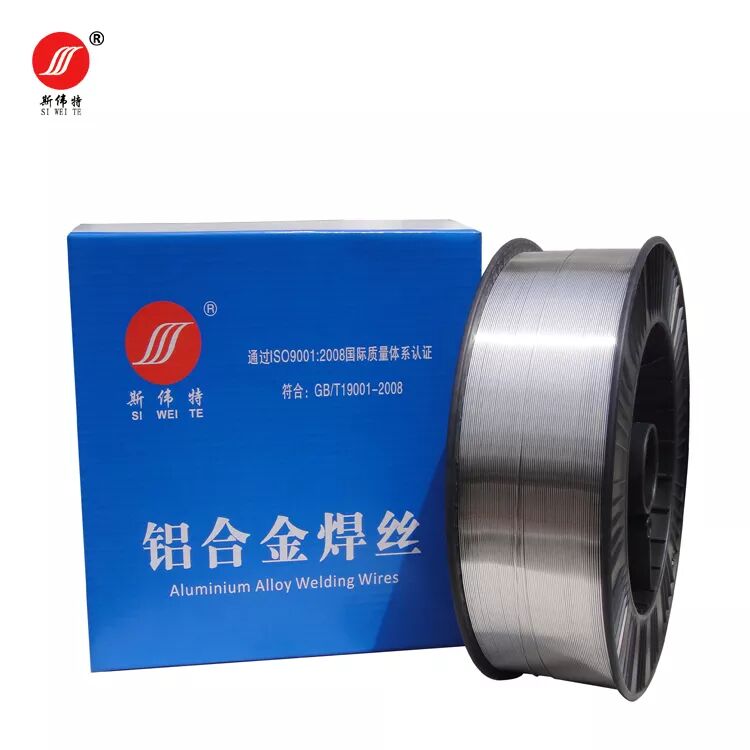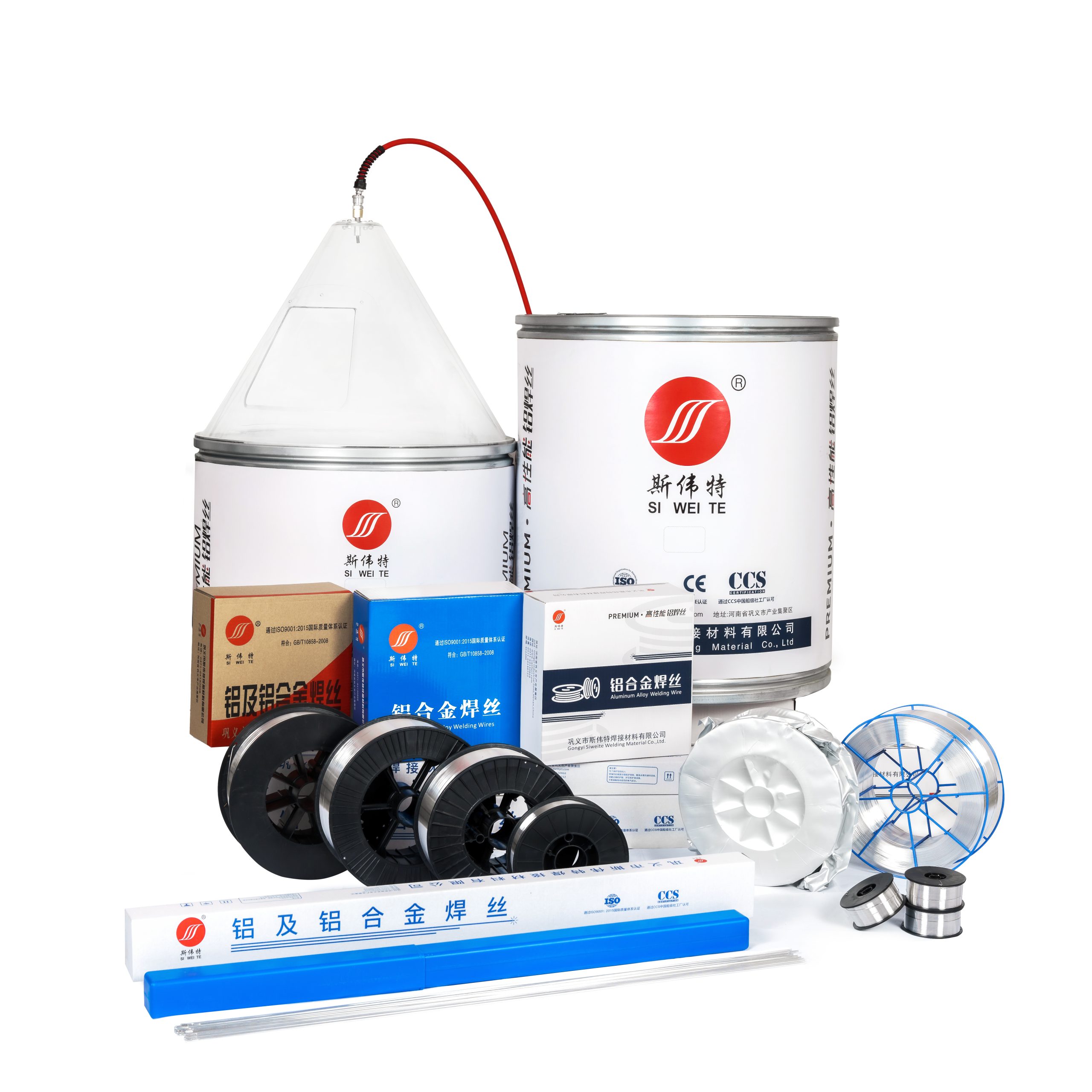Aluminum welding demands precision, yet even seasoned welders often overlook subtle details that lead to aluminum welding mistakes and defects. As a leading manufacturer of aluminum filler wires, we’ve identified the most common oversights in aluminum welding and tailored solutions to ensure strong, clean welds.
1. Ignoring Optimal Arc Voltage for Aluminum Welding
Issue: Welders often use a uniform arc voltage for all aluminum welding stages—root pass, fill pass, and cap pass—regardless of joint geometry. This causes insufficient fusion, burn-through, or uneven bead shape.
Why It Matters for Aluminum: Aluminum’s high thermal conductivity and oxide layer require precise voltage control. A too-long arc traps moisture (causing porosity), while a too-short arc limits fusion.
Solution:
- For root passes, use a short arc to ensure deep penetration (ideal for 4043/5356 aluminum filler wires).
- For fill/cap passes, increase voltage slightly to widen the bead efficiently, matching the wire diameter (e.g., 1.2mm wire pairs with 22-26V for MIG welding).
2. Uncontrolled Welding Current in Aluminum Joints
Issue: Rushing production leads to skipping groove preparation for medium-thick aluminum plates. This compromises strength, causing cracks in bend tests.
Risk for Aluminum: Aluminum’s low melting point and high heat conductivity make improper current control prone to burn-through or lack of fusion.
Solution:
- Follow WPS (Welding Procedure Specification): Allow a 10-15% current variance, but never exceed limits. For plates ≥6mm, always use a groove (V-groove or U-groove) with a root face ≤6mm.
- Match current to filler wire: For 5356 wire (1.0mm), use 120-160A for MIG; for 4043 wire, slightly lower (110-150A) to reduce cracking risk.
3. Misaligning Welding Speed, Current, and Wire Diameter
Issue: Welders fail to sync speed with current and wire size. Examples:
- Fast speed in root passes traps gas/slag (porosity, incomplete fusion).
- Slow speed on thin aluminum (≤3mm) causes burn-through.Aluminum-Specific Fixes:
- Root Pass (Full Penetration): Slow down to let gas escape, using a weaving motion if needed (match 4043 wire’s fluidity).
- Cap Pass: Increase speed slightly to avoid excess reinforcement; ensure the bead width matches the joint for aesthetic and structural integrity.
- Thin Aluminum (e.g., Trailer Bodies): Use a pulse MIG process with reduced current (80-120A) and faster speed to prevent burn-through.
4. Neglecting Welding Deformation Control in Aluminum
Issue: Without proper sequence or fixturing, aluminum weldments warp—costing time and money to correct. Aluminum’s high thermal expansion makes this more pronounced than steel.
Solutions for Aluminum:
- Welding Sequence: Start from the center and work outward; use backstep or skip welding for large panels.
- Fixturing & Anti-Deformation: Clamp parts tightly or pre-bend (anti-distortion) before welding. For thick aluminum (e.g., truck frames), use thermal cooling techniques between passes.
Conclusion: Master the Details with Quality Filler Wire
Overlooking these details risks weld failure, but the right techniques—paired with premium aluminum filler wire (like our 4043 and 5356 grades)—ensure reliability. Prioritize voltage, current, speed, and deformation control to deliver flawless aluminum welds for trailers, automotive parts, and more.
If you’re new to aluminum welding and want to build a solid foundation, check out our guide Aluminum Welding for Beginners: Tips, Setup, and How to Choose Aluminum Filler Wire for step-by-step advice on getting started.
Explore our range of aluminum filler wires, engineered to minimize defects and maximize weld quality.





